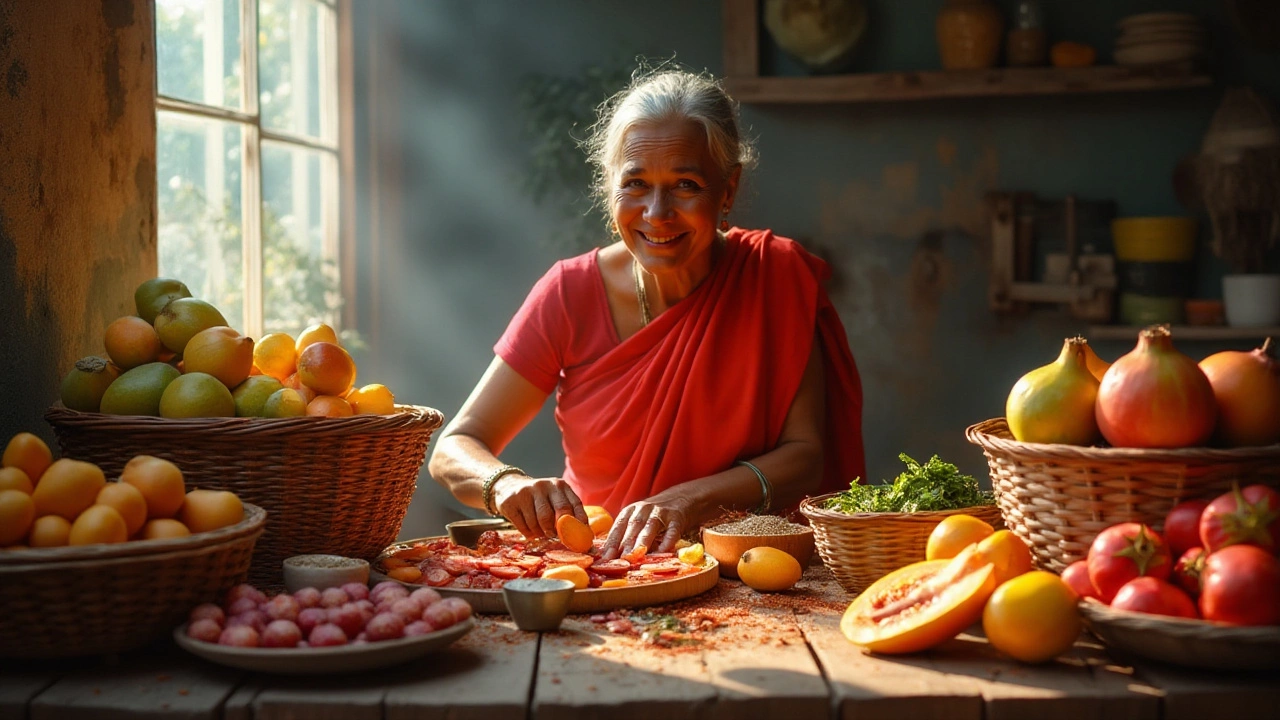Healthiest Fruit: What to Eat for Maximum Nutrition
Ever wonder which fruit actually gives you the biggest health boost? You don’t need a dietician to figure it out. Below are the fruits that consistently rank high for vitamins, minerals, and antioxidants. Grab a handful and you’re already on the right track.
Top Five Powerhouse Fruits
1. Blueberries – Tiny but mighty, they’re loaded with anthocyanins that fight inflammation. A cup a day can improve memory and lower blood pressure.
2. Oranges – The classic vitamin C source. One medium orange supplies more than 100% of the daily need and adds potassium for heart health.
3. Papaya – Rich in digestive enzyme papain, it helps break down protein. It also offers folate, which supports cell growth.
4. Kiwi – Don’t let its size fool you. Kiwi packs more vitamin C than an orange and a good dose of fiber that keeps you full longer.
5. Pomegranate – The deep red seeds are bursting with polyphenols that protect your blood vessels. Just a half‑cup can lower bad cholesterol.
How to Choose Fresh, Nutritious Fruit
Look for firm skins without bruises. If a fruit smells sweet, it’s usually ripe. For berries, check that they’re dry; moisture speeds up spoilage. When buying bananas, a few green tips mean they’ll last a few days, while fully yellow ones are ready to eat now.
Don’t forget to wash every fruit, even if you plan to peel it. Some pesticides linger on the skin and can transfer to the flesh. A quick rinse under running water and gentle rub does the trick.
Storing fruit the right way keeps nutrients intact. Keep berries in a shallow container with a paper towel to absorb excess moisture. Citrus does best in the fridge’s crisper drawer, and apples stay crisp longer when wrapped in a plastic bag with a tiny hole.
Mixing fruit into meals is easier than you think. Toss a handful of blueberries into your morning oatmeal, blend orange segments into a smoothie, or add sliced kiwi to a salad for a sweet surprise. Even a quick snack of papaya chunks pairs well with a sprinkle of lime.
If you’re looking to cut sugar, choose lower‑glycemic fruits like berries, kiwi, and green apples. Pairing fruit with protein or healthy fats—like yogurt, nuts, or nut butter—smooths out blood‑sugar spikes.
Remember, variety beats quantity. Eating different fruits gives you a broader range of nutrients. Aim for at least three different colors a week to cover the spectrum of vitamins and antioxidants.
So next time you shop, grab a mix of these top picks, store them right, and sprinkle them into your meals. Your body will thank you with better energy, clearer skin, and a stronger immune system.
Discover the Healthiest Fruits for a Nutritious Snack
Exploring the healthiest fruits to include in your diet can transform not only your health but also your snacking habits. From supporting digestion to boosting immunity, fruits offer a wide array of benefits. This article delves into various fruits that are the champions of health and their role in traditional Indian snacking. Readers will gain insights into how to choose and prepare these fruits for maximum nutritional benefit.
